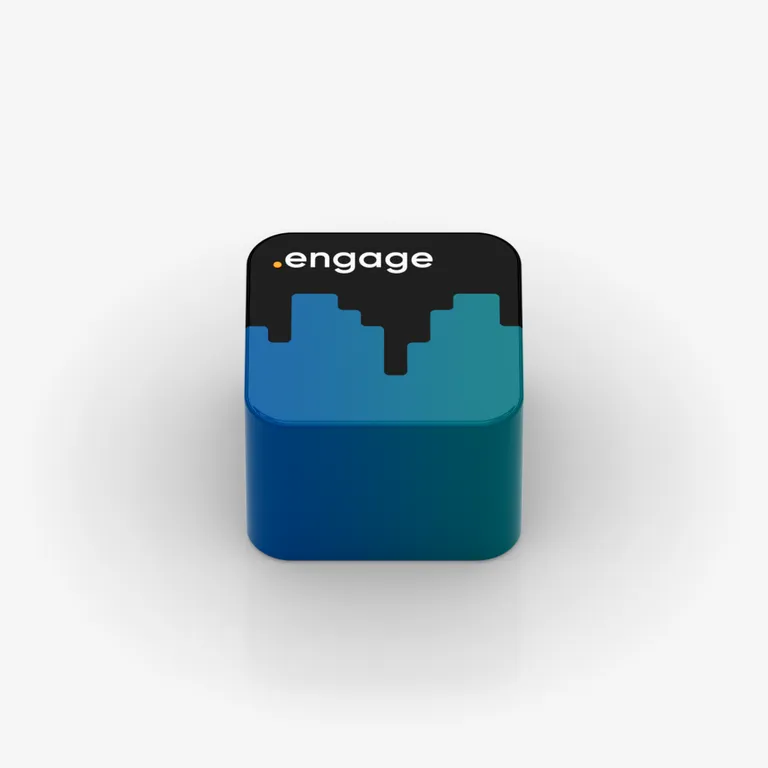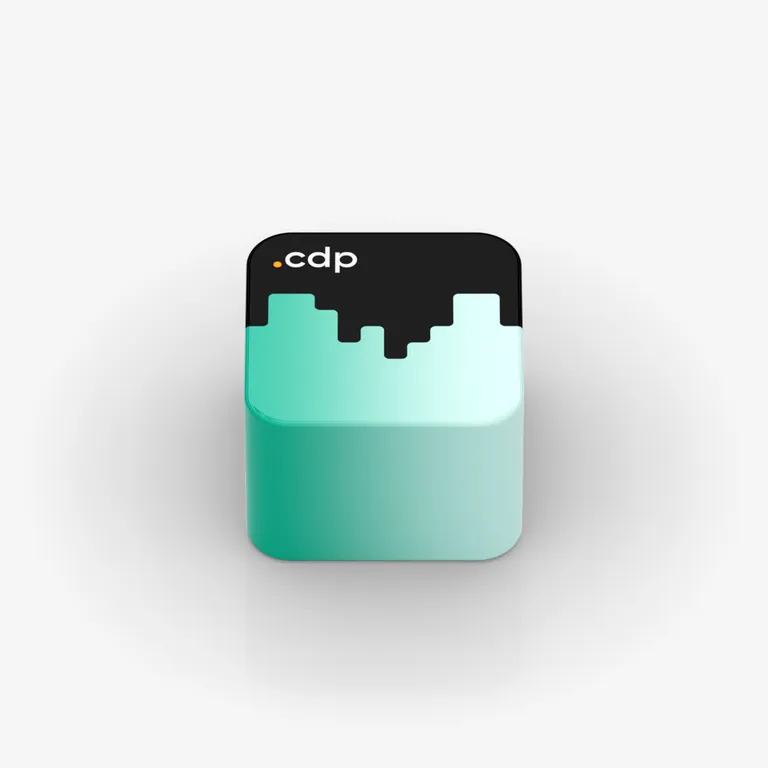You can start immediately because BSI Elements comes with processes specific to your industry ready to go, right out of the box.
The next-gen CRM: How to easily gain your customers’ loyalty

Sorry, Mr. Einstein, the BSI Companion is clearly second to none
It is that simple: You can work better and faster with the BSI Companion. It knows on its own where you need its assistance. There is no other CRM that integrates AI into your day-to-day work as intuitively as BSI. You get prompt support. No prompting needed.

The generative 360° view: Your key to providing the very best customer support
You get a precise, customized summary of your customer’s situation. Our AI technology analyzes all interactions across all channels and condenses the essential insights for you – understandably, visually, and to the point.

Routine tasks? Automated. Efficiency? Maximized.
Whether you respond to requests and inquiries or manage processes – your AI agents think along with you, work autonomously, and optimize every single step. You will set new standards in productivity and service quality, ensure higher speed and lower costs, and delight your customers.
These KPIs could be your company’s success metrics:
90%
FCR (First Contact Resolution) at PostFinance
-20%
Less processing time for customer requests at arvato
1/3
Lower call turnaround time (TAT) at Gothaer


Boost your customer value with the most successful CRM/CX platform in your industry

Talk with us
We would be happy to assist you at any time.










































